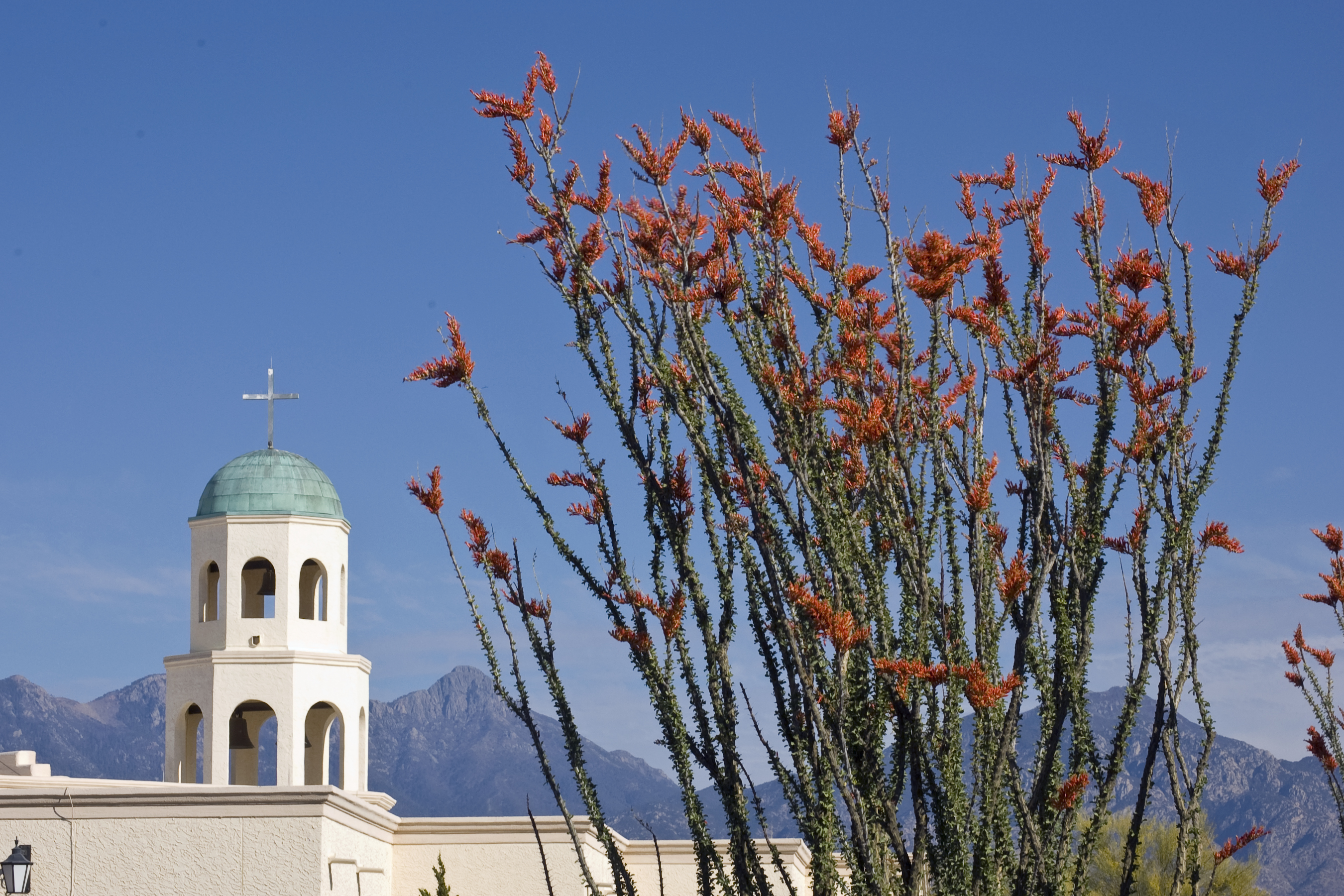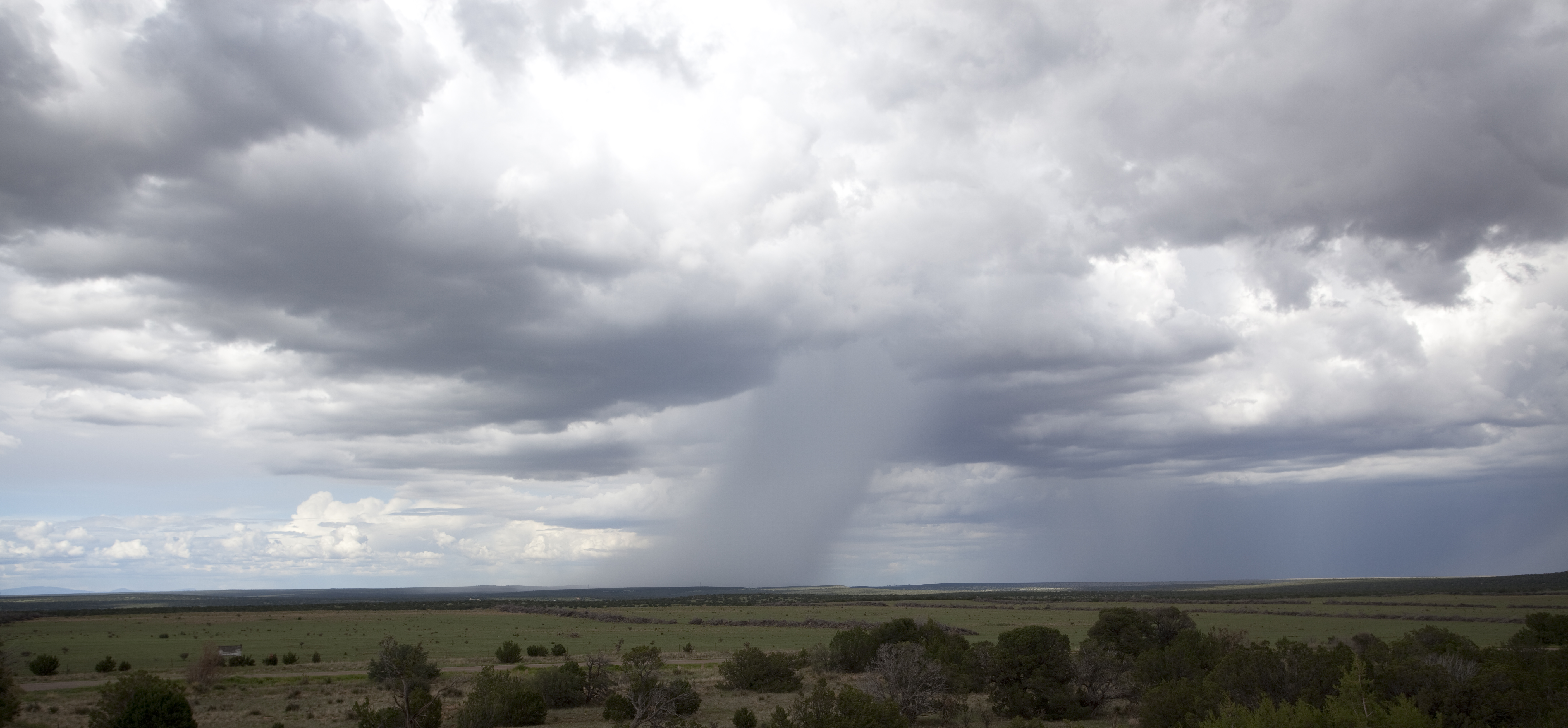|
Green Valley, AZ
Green Valley is an unincorporated community and census-designated place (CDP) in Pima County, Arizona, United States. The population was 22,616 at the 2020 census. Geography Green Valley is located along the western side of the Santa Cruz River at (31.8556, -111.0001). Continental is to the east of Green Valley, on the other side of the river. According to the United States Census Bureau, the CDP has a total area of 26.3 square miles (68.0 km2), of which 26.2 square miles (68.0 km2) is land and 0.04 square mile (0.1 km2) (0.08%) is water. Green Valley is twenty miles (32 km) south of Tucson and north of Nogales, Sonora, Mexico. Surrounded by copper mines, and near the cycling, hiking and birding areas of the Santa Rita Mountains, Green Valley is an unincorporated retirement community composed of 59 Homeowner Associations. The largest of the mines are the Sierrita Mine owned by Freeport-McMoRan and the Mission Mine of ASARCO. Compare ... [...More Info...] [...Related Items...] OR: [Wikipedia] [Google] [Baidu] |
Census-designated Place
A census-designated place (CDP) is a concentration of population defined by the United States Census Bureau for statistical purposes only. CDPs have been used in each decennial census since 1980 as the counterparts of incorporated places, such as self-governing cities, towns, and villages, for the purposes of gathering and correlating statistical data. CDPs are populated areas that generally include one officially designated but currently unincorporated community, for which the CDP is named, plus surrounding inhabited countryside of varying dimensions and, occasionally, other, smaller unincorporated communities as well. CDPs include small rural communities, edge cities, colonias located along the Mexico–United States border, and unincorporated resort and retirement communities and their environs. The boundaries of any CDP may change from decade to decade, and the Census Bureau may de-establish a CDP after a period of study, then re-establish it some decades later. Most unin ... [...More Info...] [...Related Items...] OR: [Wikipedia] [Google] [Baidu] |
Continental, Arizona
Continental is a populated place located about south of Tucson, in Pima County, Arizona, near the town of Sahuarita and the retirement community of Green Valley. Once a center for cotton production, Continental is now nearly surrounded by large pecan orchards and Green Valley subdivisions. It is also the closest town to Madera Canyon, a premier birdwatching area and tourist attraction located in the Santa Rita Mountains. History Continental was founded during World War I in 1916, after President Woodrow Wilson asked the Intercontinental Rubber Company of Bernard Baruch, Joseph Kennedy, and J. P. Morgan to grow guayule. Guayule is a plant that produces latex and can be used to make rubber if, as many Americans feared, the German navy were to cut off shipping lanes and imports of rubber from the Far East. In 1916, Intercontinental established the Continental Farm seven miles south of Sahuarita and immediately east of the present-day Green Valley, along the eastern banks of the ... [...More Info...] [...Related Items...] OR: [Wikipedia] [Google] [Baidu] |
North American Monsoon
The North American monsoon, variously known as the Southwest monsoon, the Mexican monsoon, the New Mexican monsoon, or the Arizona monsoon is a pattern of pronounced increase in thunderstorms and rainfall over large areas of the southwestern United States and northwestern Mexico, typically occurring between June and mid-September. During the monsoon, thunderstorms are fueled by daytime heating and build up during the late afternoon and early evening. Typically, these storms dissipate by late night, and the next day starts out fair, with the cycle repeating daily. The monsoon typically loses its energy by mid-September when much drier conditions are reestablished over the region. Geographically, the North American monsoon precipitation region is centered over the Sierra Madre Occidental in the Mexican states of Sinaloa, Durango, Sonora and Chihuahua. Mechanism The North American monsoon is a complex weather process that brings moisture from the Gulf of California (and to le ... [...More Info...] [...Related Items...] OR: [Wikipedia] [Google] [Baidu] |
Desert Climate
The desert climate or arid climate (in the Köppen climate classification ''BWh'' and ''BWk''), is a dry climate sub-type in which there is a severe excess of evaporation over precipitation. The typically bald, rocky, or sandy surfaces in desert climates are dry and hold little moisture, quickly evaporating the already little rainfall they receive. Covering 14.2% of earth's land area, hot deserts are the second most common type of climate on earth after the polar climate. There are two variations of a desert climate according to the Köppen climate classification: a hot desert climate (''BWh''), and a cold desert climate (''BWk''). To delineate "hot desert climates" from "cold desert climates", there are three widely used isotherms: most commonly a mean annual temperature of , or sometimes the coldest month's mean temperature of , so that a location with a ''BW'' type climate with the appropriate temperature above whichever isotherm is being used is classified as "hot arid sub ... [...More Info...] [...Related Items...] OR: [Wikipedia] [Google] [Baidu] |
Semi-arid Climate
A semi-arid climate, semi-desert climate, or steppe climate is a dry climate sub-type. It is located on regions that receive precipitation below potential evapotranspiration, but not as low as a desert climate. There are different kinds of semi-arid climates, depending on variables such as temperature, and they give rise to different biomes. Defining attributes of semi-arid climates A more precise definition is given by the Köppen climate classification, which treats steppe climates (''BSk'' and ''BSh'') as intermediates between desert climates (BW) and humid climates (A, C, D) in ecological characteristics and agricultural potential. Semi-arid climates tend to support short, thorny or scrubby vegetation and are usually dominated by either grasses or shrubs as it usually can't support forests. To determine if a location has a semi-arid climate, the precipitation threshold must first be determined. The method used to find the precipitation threshold (in millimeters): *multiply by ... [...More Info...] [...Related Items...] OR: [Wikipedia] [Google] [Baidu] |
Copper Mining In Arizona
Copper mining in Arizona, a state of the United States, has been a major industry since the 19th century. In 2007, Arizona was the leading copper-producing state in the country, producing 750 thousand metric tons of copper, valued at $5.54 billion. Arizona's copper production was 60% of the total for the United States. Copper mining also produces gold and silver as byproducts. Byproduct molybdenum from copper mining makes Arizona the nation's second-largest producer of that metal. Although copper mineralization was found by the earliest Spanish explorers of Arizona, the territory was remote, and copper could seldom be profitably mined and shipped. Early Spanish, Mexican, and American prospectors searched for gold and silver (see '' Silver mining in Arizona''), and ignored copper. It was not until the completion of the Southern Pacific Railroad in 1876 that copper became broadly economic to mine and ship to market. All copper mining was done by underground methods until the e ... [...More Info...] [...Related Items...] OR: [Wikipedia] [Google] [Baidu] |
ASARCO
Asarco LLC (American Smelting and Refining Company) is a mining, smelting, and refining company based in Tucson, Arizona, which mines and processes primarily copper. The company has been a subsidiary of Grupo México since 1999. Its three largest open-pit mines are the Mission, Silver Bell and Ray mines in Arizona. Its mines produce of copper a year. Asarco conducts solvent extraction and electrowinning at the Ray and Silver Bell mines in Pima County, Arizona, and Pinal County, Arizona, and operates a smelter in Hayden, Arizona. Asarco's smelting plant in El Paso, Texas, was suspended in 1999 and then demolished on April 13, 2013. Before closing, the plant produced of anodes each year. Refining at the mines as well as at a copper refinery in Amarillo, Texas, produce of refined copper each year. Asarco's hourly workers are primarily represented by the United Steelworkers. Asarco has 20 superfund sites across the United States, and it is subject to considerable litigation ... [...More Info...] [...Related Items...] OR: [Wikipedia] [Google] [Baidu] |
Mission Mine
Mission (from Latin ''missio'' "the act of sending out") may refer to: Organised activities Religion *Christian mission, an organized effort to spread Christianity *Mission (LDS Church), an administrative area of The Church of Jesus Christ of Latter-day Saints *The Christian Mission, the former name of the Salvation Army Government and military *Bolivarian missions, a series of social programs created during Hugo Chávez's rule of Venezuela *Diplomatic mission, a diplomatic outpost in a foreign territory *Military operation *Mission statement, a formal, short, written articulation of an organization's purpose *Sortie or combat mission, a deployment or dispatch of a military unit *Space mission, a journey of craft into outer space Geography Australia * Mission River, Queensland, a locality in the Shire of Cook and the Aboriginal Shire of Napranum *Mission River (Queensland), a river in Australia Canada *Mission, British Columbia, a district municipality *Mission, Calgary ... [...More Info...] [...Related Items...] OR: [Wikipedia] [Google] [Baidu] |





